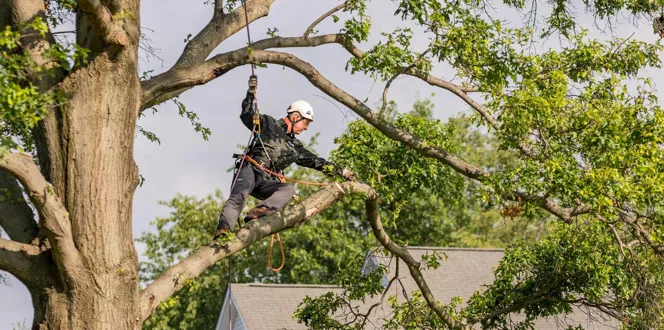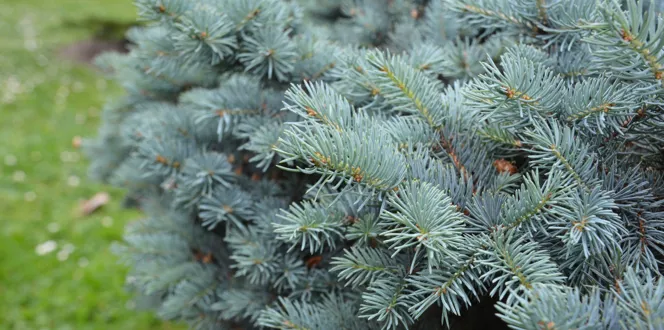Spring is the perfect time to get up close and personal with our trees, whether we’re admiring their new blooms or checking their health.
Colleen, a Davey blog reader, was doing just that when she asked, “I have a non-fruit bearing plum tree that seems to have some kind of sap coming from the trunk. Only a few branches feel fresh and healthy. The others feel dead and dry. Is this OK?”
Symptoms like these might point to a pest or disease. If you’ve seen something similar on your fruit tree, see what’s happening and how you can help.
Why Your Fruit Tree Is Oozing Sap And How To Stop It
A Fruit tree leaks sap for three main reasons:
- Wood boring insect infestation
- Cytospera canker disease infection
- Response to general stress
Causes, Symptoms & Management For Fruit Trees Oozing Sap
Most commonly peach, nectarine, plum or cherry trees ooze sap, but why? This phenomenon called “gummosis” is the tree’s response to stress. The cause of stress may be multi-faceted or result from singular, sinister pest and disease agents.
Insect borers and a fungus called cytospora canker exploit injured tree roots or branches. When tree roots are damaged by lawnmowers or improper pruning cuts, the wounds create an opening for pests and diseases. Trees weakened by storm damage are also easy targets.
Both pests and diseases may cause the following symptoms in early spring and throughout the growing season on your fruit trees:
- Brown, sunken spots called cankers that ooze brownish-orange sap
- Dead twigs or full-branch death
- Droopy, wilted leaves that turn yellow or brown
- Small insect holes and boring dust in the bark.
How To Stop A Tree From Leaking Sap
If you suspect borers… Consult an ISA-certified arborist® to control with preventative insecticides before the start of next year’s growing season. Treatment won’t reverse the damage but may help fight future infestations depending on the borer species.
If you suspect cytospora canker… Unfortunately, there is no cure, and it will often kill trees. Keeping trees healthy is the best way to stop sap before it starts.
To Do This:
Take special care not to injure trees with lawn mowers or pruning cuts. Try raising lawn mower blades, so they’ll be less damaging to exposed roots. Or better yet, mulch your trees!
Fertilize and water trees proactively. Don’t wait until a problem appears.
If the tree is already experiencing cytospora symptoms, reach out to a professional and see if you can improve the health of your tree. Often, trimming dead or infected branches can help. And proper plant health care is always beneficial.







